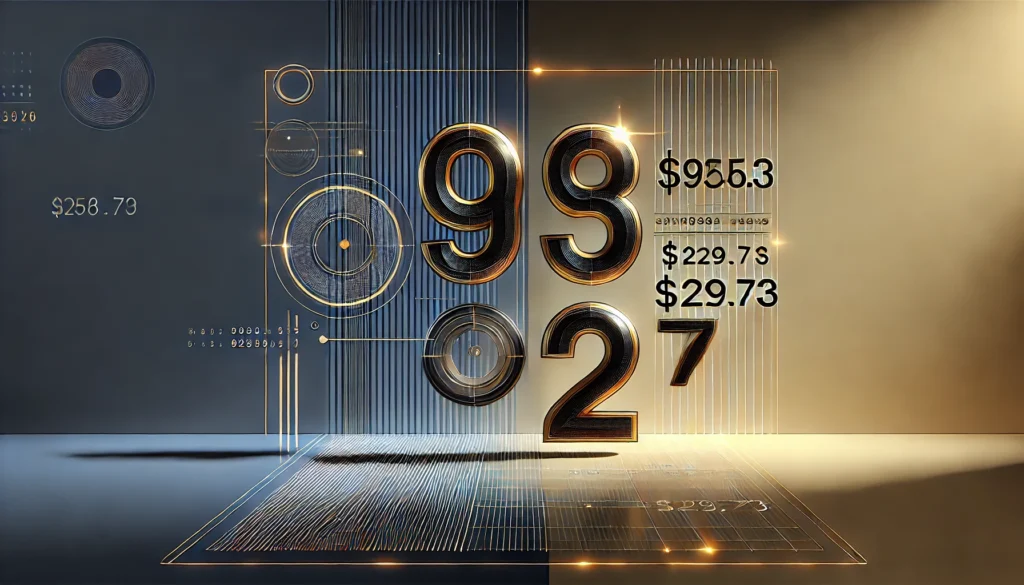If you’ve stumbled across “958.53-$229.73,” you’re probably scratching your head, wondering what it’s all about.
Is it a weird price tag?
A math problem?
Some secret code?
Relax—you’re not alone.
We’ll unpack what “958.53-$229.73” means, why it matters, and how it might pop up in your life.
Spoiler: It’s more common than you think.
958.53-$229.73: Is This a Price or a Puzzle?
First things first: “958.53-$229.73” could easily be mistaken for a price comparison.
And honestly? It often is.
Think about those emails or deals you see online.
Something starts at a high number—let’s say $958.53—and then bam, it’s slashed to $229.73.
Sounds like a steal, right?
But here’s the kicker: this number combo isn’t just about discounts.
It shows up in budgeting, financial planning, and even tax brackets.
The numbers tell a bigger story, especially if you’re juggling finances.

Where Does “958.53-$229.73” Come Into Play?
Let’s get real.
If you’re scanning this, you might already have a reason to care about these numbers.
Here’s where this range typically shows up:
Discounts and Offers
Ever seen those flashy “Save Big!” ads?
“958.53-$2 29.73” screams clearance deal.
Retailers often use high-to-low comparisons to grab attention.
A product marked down from $958.53 to $229.73 might feel irresistible.
But is it?
You’d want to check the original value.
Pro tip: Sometimes those original prices are inflated.
Budget Breakdowns
When planning a budget, weird figures like “958.53-$229.73” can reflect expenses.
Let’s say you track your monthly spending.
Your total expenses might hit $958.53.
After cutting unnecessary costs, maybe you’re down to $229.73.
That’s a significant shift.
Seeing it visually like this helps you map out where your cash flows.
Taxes or Deductions
If you’re filing taxes or dealing with payroll deductions, 958.53-$229.7 3 could represent adjustments.
For instance, a gross income of $958.53 might get reduced to $229.73 after taxes, benefits, and deductions.
Annoying, right?
But it’s better to know than guess.
How to Approach 958.53-$229.73 in Real Life
These numbers aren’t random—they represent decisions.
Here’s how to navigate them smartly:
Always Double-Check Discounts
If you’re shopping and see “958.53-$229.73,” make sure it’s a legit markdown.
Use tools like CamelCamelCamel for price history.
You don’t want to get tricked by fake discounts.
Track Your Finances
Numbers like these scream financial health check.
If your expenses regularly fluctuate in this range, figure out why.
Use budgeting apps like Mint to monitor.
Get Familiar With Taxes
If 958.53-$229.73 reminds you of tax season, don’t panic.
Grab free tools like TurboTax to break down deductions.
It’s all about knowing where your money’s going.

FAQs: All Your Questions About 958.53-$229.73 Answered
Is “958.53-$229.73” a discount or a calculation?
It could be both.
In sales, it’s often a price reduction.
But in finances, it might show income or expense changes.
Why does this number look so specific?
Numbers like 958.53 and 229.73 are precise to reflect real data.
They might represent actual prices, costs, or financial adjustments.
How can I know if a deal like this is legit?
Use price-checking tools or compare similar items.
If the original price feels inflated, trust your gut.
Could this represent my taxes?
Absolutely.
Pay stubs often reflect gross pay versus take-home, similar to 958.53-$229.73.
What Does “958.53-$229.73” Really Mean for You?
Here’s the bottom line: “958.53-$229.73” is a wake-up call.
It’s about tracking money, recognizing real value, and staying sharp—whether you’re shopping, budgeting, or filing taxes.
Next time you see it, don’t glaze over.
Ask yourself: What’s the bigger picture?
Because behind every number, there’s a story.
So whether you’re crunching numbers or checking receipts, 958.53-$229.73 is your cue to pay attention.